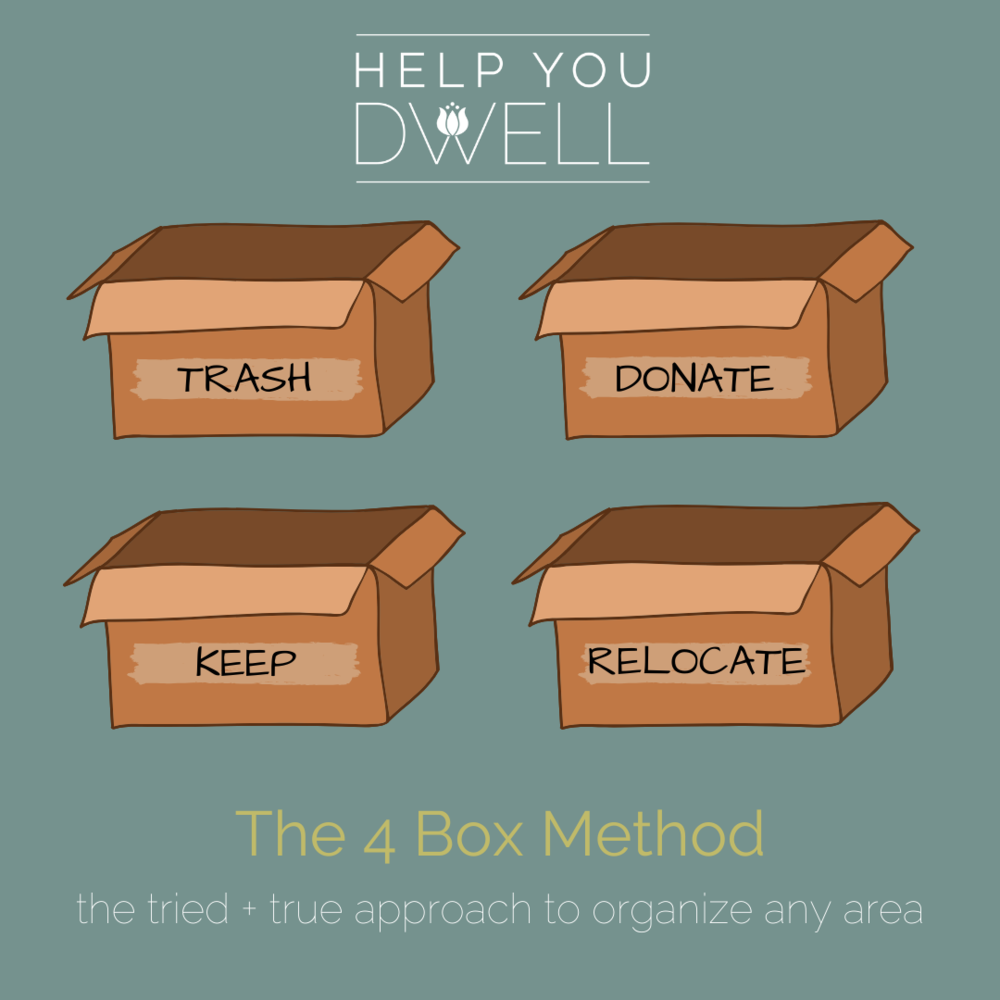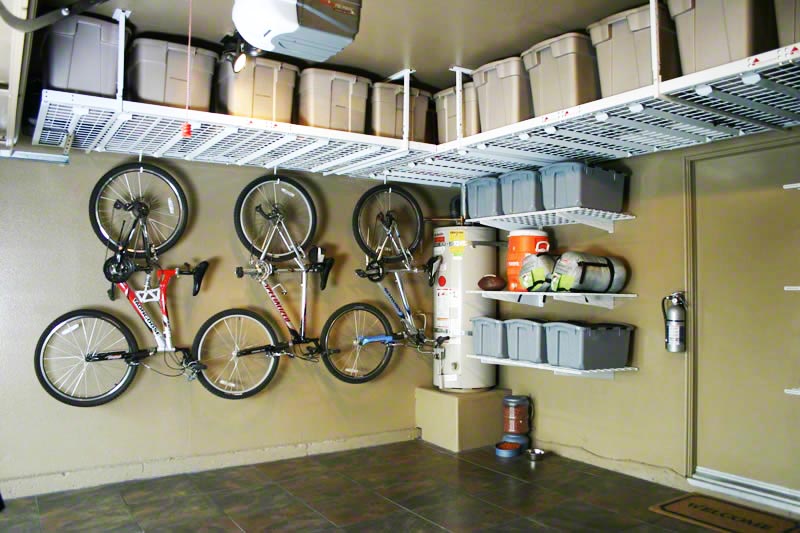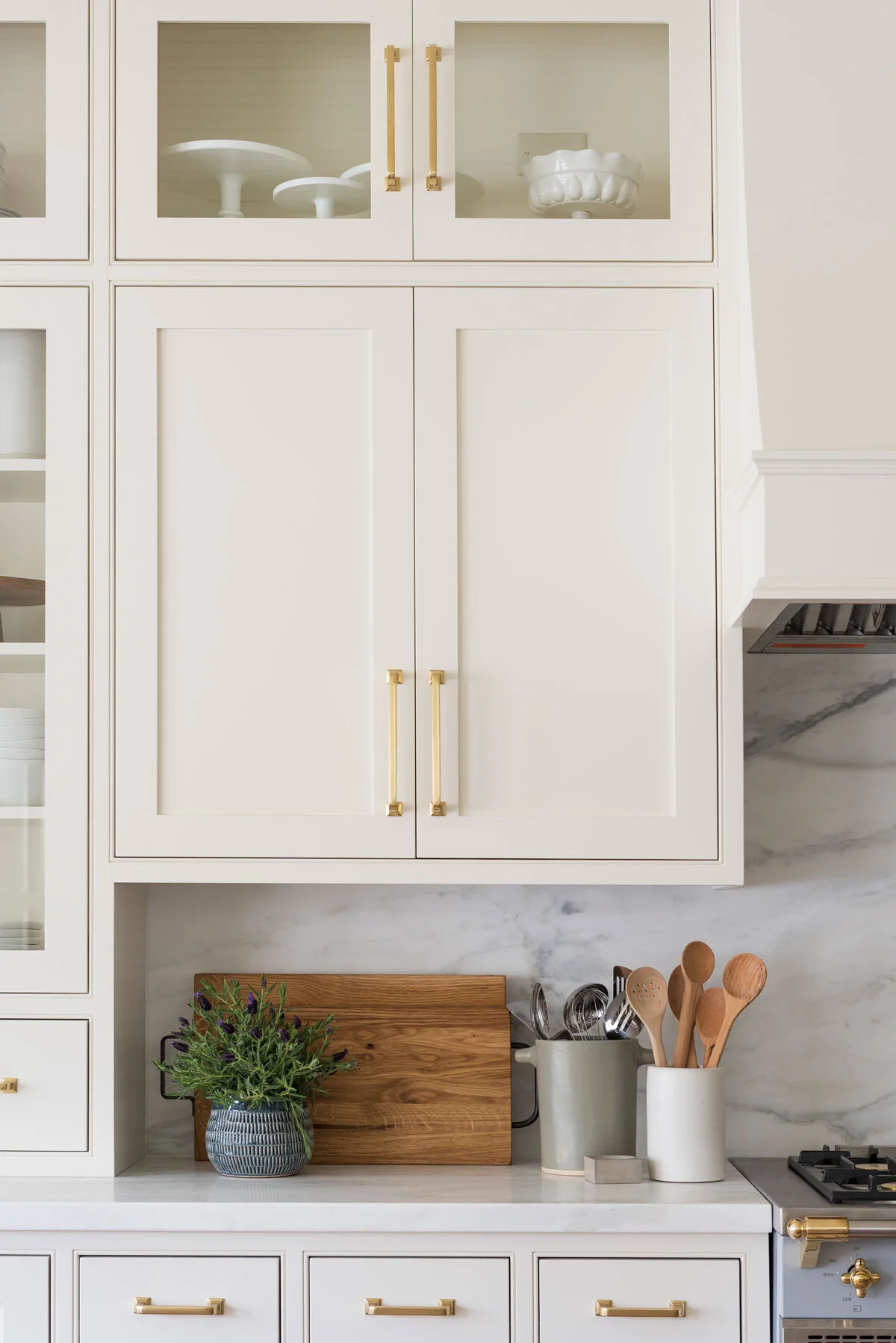Back to school ads have started to run and stores are stocking their shelves with shiny folders and brand-new backpacks. Pencil boxes and packages of perfect, unbroken crayons are being snatched up as school supply lists get posted on schools’ websites. Kids and teachers are beginning to anticipate the start of school within the next few weeks, and the dog days of summer are in full swing. But for some, back to school doesn’t mean what it used to.
There’s no denying that education has changed over the past few years. During 2020, millions of students learned from home via computers and virtual classrooms. Learning looked quite different. Many even discovered the joy of learning from home and realized the flexibility it allowed. Serval other reasons parents have chosen homeschooling are because they want to provide a safe learning environment, they are frustrated with the current academic system and expectations, and often, religion also plays a part in the decision to homeschool. Whatever the reasons, we have seen a dramatic increase in the number of students who are homeschooled. According to the Census Bureau data, nearly 4.4 million school-age children in the US receive an education at home today.
Homeschooling looks quite different than it did years ago. There are co-ops, more opportunities for students to take classes for college credit, large networks for support, and more social interaction for students thanks to online clubs, classes, and even local field trips. If homeschool is something you are considering for your family or even something you’re already involved in but are overwhelmed by, we want to help! Even if you aren’t a part of a homeschool group and your child is in a traditional school setting, we have some great ideas to help every learner thrive at home.
Be Thoughtful About the Space: Setting up a space for learning can be done in a variety of ways. You don’t have to have a dedicated room-be flexible! You could use the corner of a room or even the dining room table if that is what works best for your family. It’s also important to know your child’s learning style. This will help in how you set up your learning space and plan your day. You learner will need a table or desk to do work, If your student is younger, you are also going to want to make sure they have appropriate seating options as that is crucial for proper posture for good handwriting and learning fine motor skills. Try to make sure there is some good natural light and access to wi-fi. If the space is near a busy part of your home, noise cancelling headphones may be good for students who are easily distracted.
Add Items to Serve Needs: It’s great if you have an entire room dedicated to homework or at home learning, but most people do not. If your child’s study space is also a space that is used by the rest of the family, you need to make sure you have a place for all their school “stuff.” Think outside the box. Maybe you have an empty drawer in your china hutch-use that for storing school supplies. Go to garage sales or thrift stores and look for furniture like old armoires you could repurpose. Clean out the hall closet and let that be where you store school items in storage bins. Being able to put items away and out of sight when you’re done with learning time is key. You want to make sure you have a dedicated drawer, bin, crate, etc. for each individual child’s workbooks/textbooks. Some homeschool mamas I’ve talked to even suggested assigning each child their own color to cut down on confusion.
Create a Command Center: Use some wall space or the inside of a cabinet door that can be opened to post a schedule and calendar with due dates and upcoming events. As a former teacher of 20 years, I always found it beneficial for students to know what the week was going to look like, and for older kids, seeing an outline of the month can be helpful. Make sure there is a clock in the room, and younger students will need some type of dry-erase board or even a chalkboard painted onto the wall for teaching/practicing certain skills. You’ll need a place for students to turn in completed work (if it isn’t digital) as well as a place for supplies. Students need to have things like markers, crayons, pencils, pens, paper, etc. all readily available and in clearly labeled spots with easy access. This could even be a cart! Make sure you have some dedicated space in that command center for electronics storage and charging as well.
Stay Organized: Establish routines and daily clean-up habits from the start. Yes, if you are homeschooling your schedule doesn’t have to be as rigid as a typical school, but your student needs a set routine so they know what to anticipate each day. You will also want to make sure your student knows where things go and how to clean up well at the end of their learning time. Practice this with them each day until it becomes a habit!
Get Creative: School and studying doesn’t always have to be at a desk. Take class outside on days that it is nice, bring bean bags or comfy chairs into the space to create a cozy corner for reading, or have history class at a museum! School should be FUN.
When working through the homeschooling journey it is important to be flexible. If this is new for your family, you will need to really pay attention to your family’s natural rhythms to see how you might need to adjust your schedule and routines. There’s no right or wrong way to do it; you certainly need to find what works best for your family. All children can thrive and succeed!








